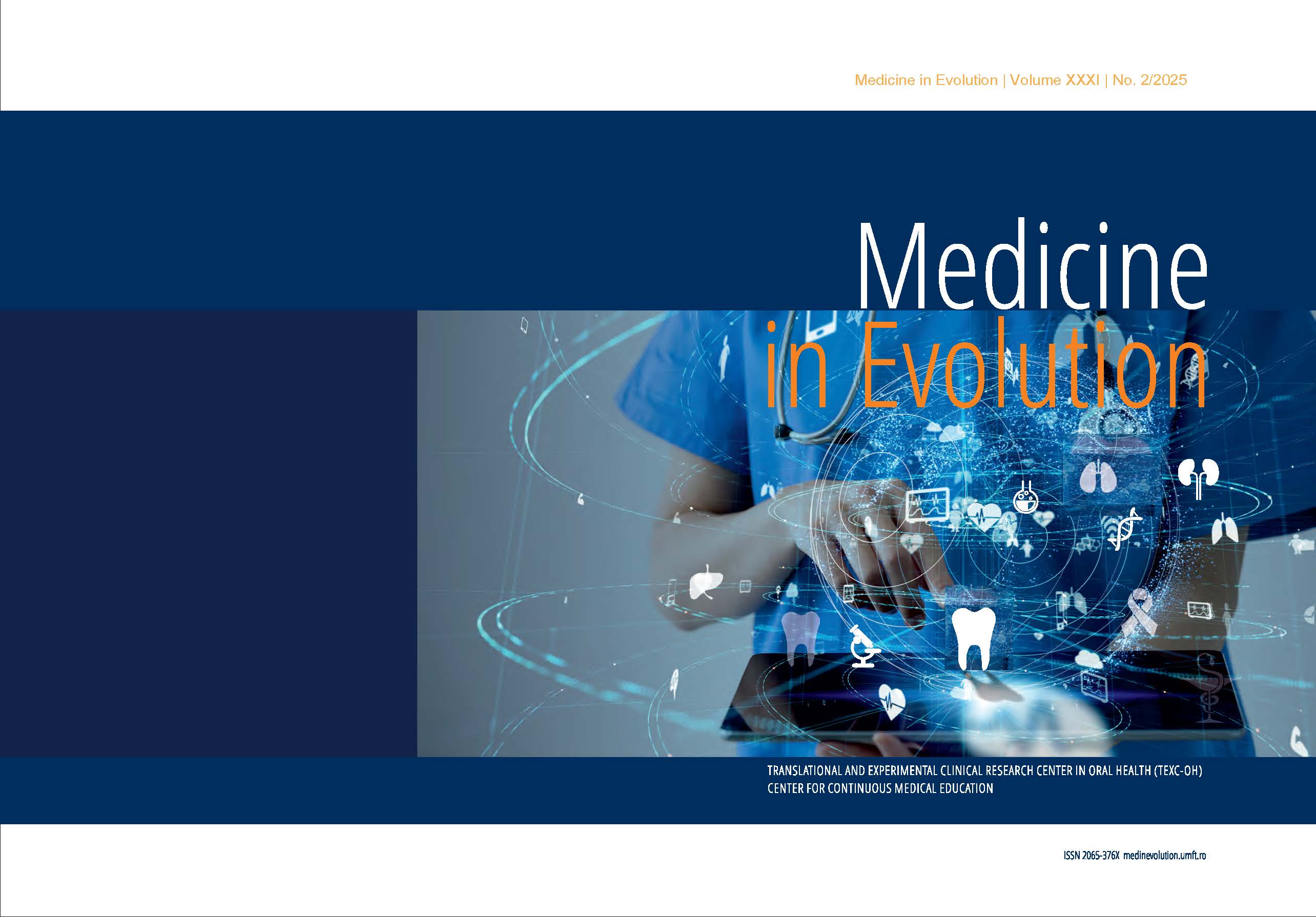Understanding Halitosis: A Survey on the Knowledge and Perceptions of Dental Students
Main Article Content
Abstract
1.Background/Objectives: Currently, there is a lack of definitive data regarding the prevalence of halitosis. This study was conducted to assess the knowledge and awareness of dental medicine students regarding halitosis, as well as to examine their approach to the diagnosis and management of patients presenting with this condition. 2.Methods: A total of 95 dental students were invited to participate in this cross-sectional study, conducted between February and June 2024. The data collection instrument consisted of a self-administered, structured questionnaire comprised of 14 questions. All items were mandatory, ensuring that every submission represented a complete data set for analysis. The study was conducted in accordance with ethical principles related to human subjects research, particularly concerning participant privacy, confidentiality, and data protection. Descriptive statistics were employed to analyze the data, with a focus on calculating frequency distributions and percentages. 3.Results: Among fourth-year respondents, only 58.1% reported familiarity with the term. In comparison, a significantly higher proportion of fifth-year students—86.2%—indicated awareness of the condition. This trend continued in the sixth year, with 89.3% of students reporting familiarity with halitosis, suggesting a gradual increase in awareness as students advance through their academic training. When asked whether they had access to instruments or tools for diagnosing or managing halitosis. Among fourth-year respondents, 64.5% reported lacking such instruments, while 35.5% stated they had access. Fifth-year students reported a slightly more favorable ratio, with 41.4% indicating access to instruments and 58.6% reporting the opposite. Similarly, among sixth-year students, 42.9% had access to instruments, while 57.1% did not. 4. Conclusion: In conclusion, while the current study highlights encouraging improvements in dental students’ awareness and clinical exposure to halitosis over time, it also reveals critical gaps in theoretical knowledge and confidence in management.
Article Details

This work is licensed under a Creative Commons Attribution 4.0 International License.
